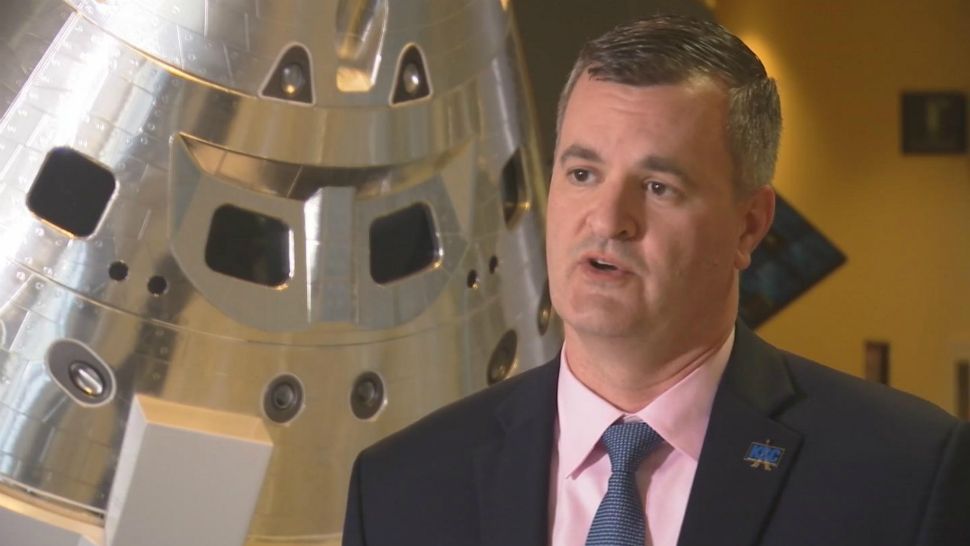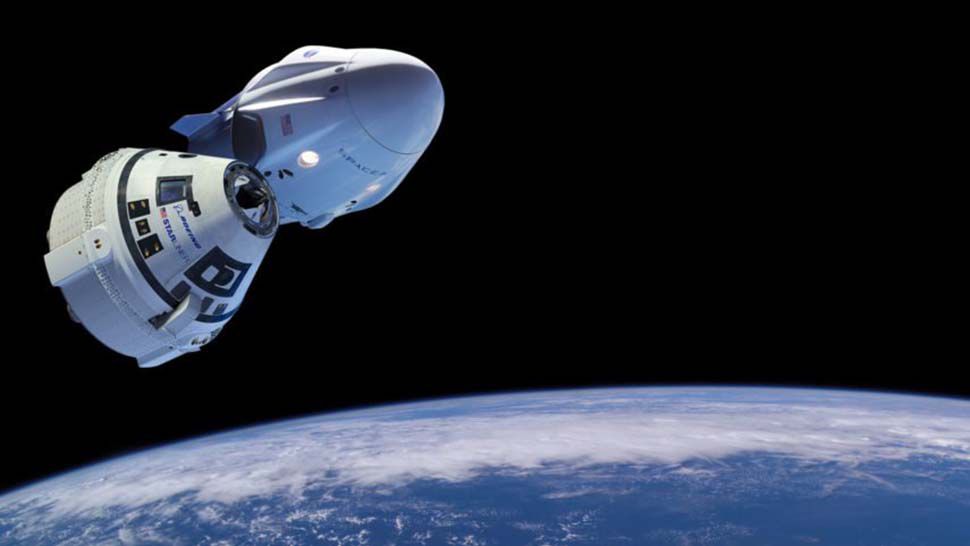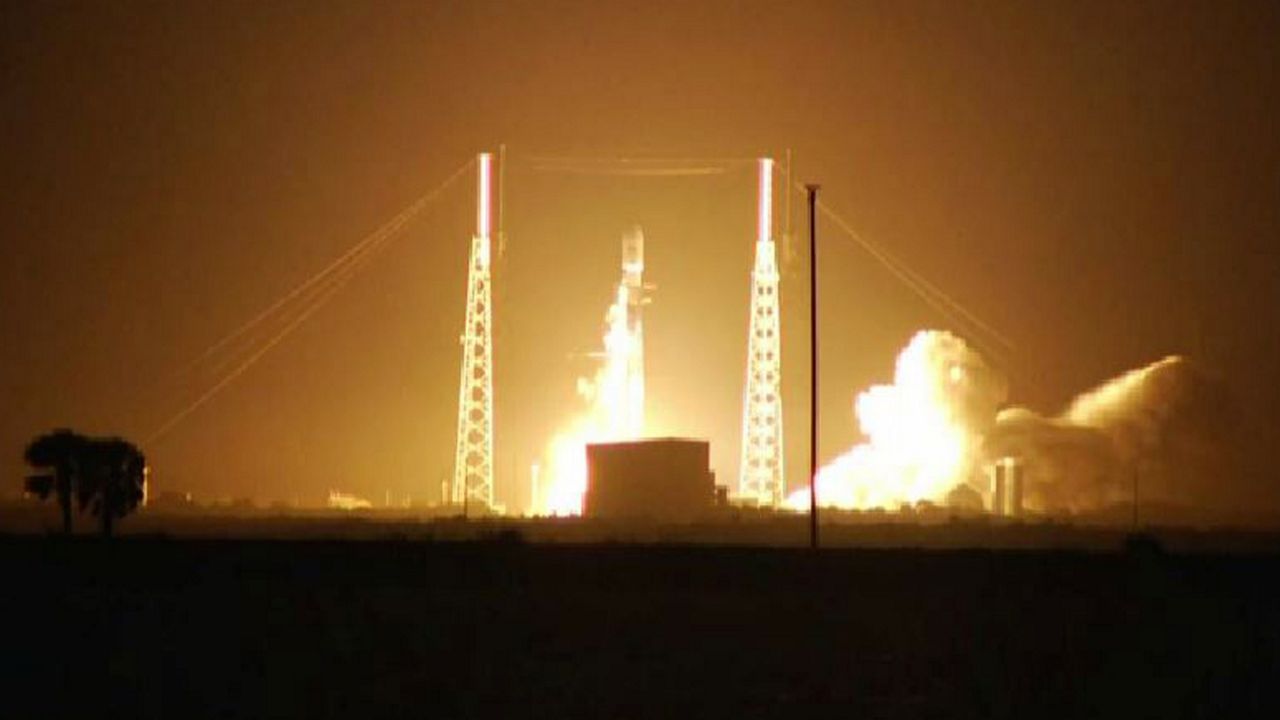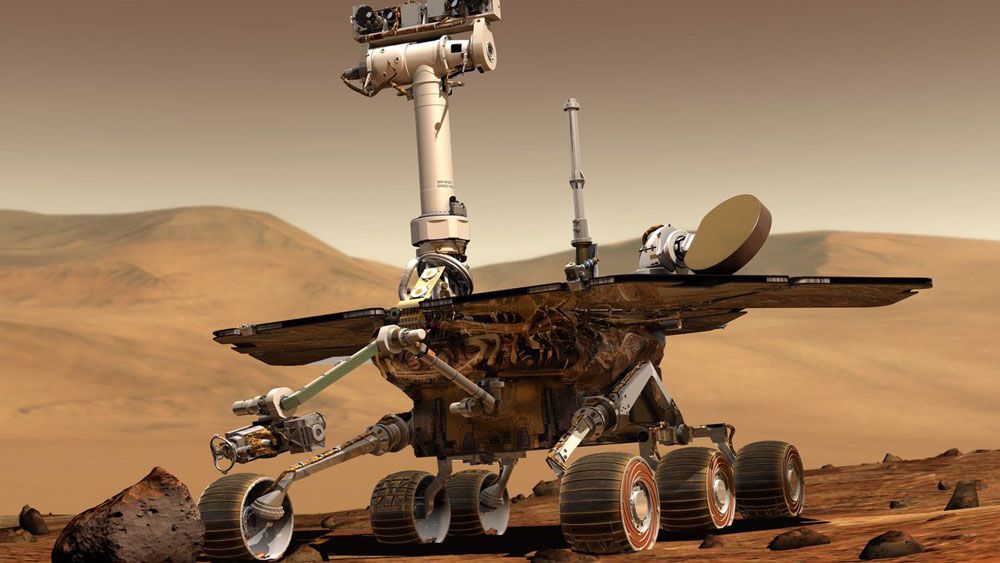KENNEDY SPACE CENTER, Fla. — Fifty years ago, man first set foot on the moon.
- NASA has handed off ISS delivery missions to SpaceX, Boeing
- Agency is turning its attention to a "Gateway" between Earth, moon
- NASA hopes project will send astronauts to lunar orbit and Mars
Now, with NASA handing off duties of launching astronauts to the International Space Station to SpaceX and Boeing, space agency is planning its own human missions, beyond low-earth orbit.
That includes new human missions to the moon and even Mars.
"We are the research and development end of our country," says Mark Wiese, NASA's deputy director of safety and mission assurance. "As we try to partner with industry and try to find ways where they can make a living and make an industry base and a commercial business case, we have to be the ones constantly pushing that R&D development effort."
Wiese is heading up a new program at the Kennedy Space Center that hopes to figure out the logistics for something called the Gateway.
"Gateway is the agency's lunar orbiting platform that's going to be in orbit around the moon," Wiese said. "It's our ability to make that next big leap from low-earth orbit out to the orbit of the moon."
Think of Gateway as a smaller space station, a jumping-off point for human missions to the lunar surface or to Mars.
It has been the goal of the Trump administration to return humans back to the moon.
NASA will use its still-under-development super-rocket, the Space Launch System, and the Orion spacecraft to get humans to Gateway and beyond.
"If we're going to send crew for 30, 60, 90 days, this is the spaceship that'll get our astronauts out there," Wiese said.
Right now, the first test mission from the SLS, with an uncrewed Orion, is set to launch in 2020 from Launch Complex 39B.










